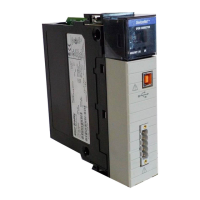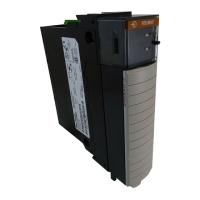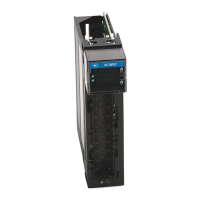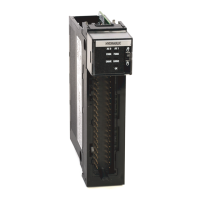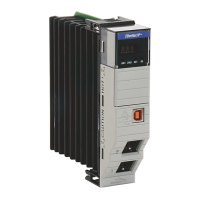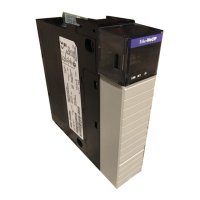Publication 1756-UM514B-EN-P - February 2003
Using Programming Software in DH+ Applications 3-5
ControlLogix Routing
In the ControlLogix system, you complete the same tasks as in
Pyramid Integrator Emulation; however, the presentation is graphical
instead of tabular.
The ControlLogix routing protocols use CIP, a message-based protocol
that implements a relative path to send a message from the source
device in a system to the destination device. In this way, the source
device in a networks system contains the path information that steers
the message along the proper route to reach its destination. Since the
source device holds this information, other devices along the path
simply pass this information; they do not need to store it. ControlLogix
routing has two significant benefits:
· You do not need to configure routing tables in the bridging
module, greatly simplifying maintenance and module
replacement.
· You maintain full control over the route taken by each message,
enabling you to select alternative paths for the same end device.
Creating the Routing Table
To create a routing table for your application, follow these steps:
1. Start RSLinx.
2. Browse the network.
3. Use the left-side navigation bar to see your DH+ application, as
shown in the example below.
A. Expand the configuration
tree until your application
appears on the right side
of the screen.
B. Right-click on the
1756-DHRIO module icon
to see the menu.
C. Click on Module
Configuration.
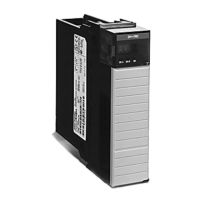
